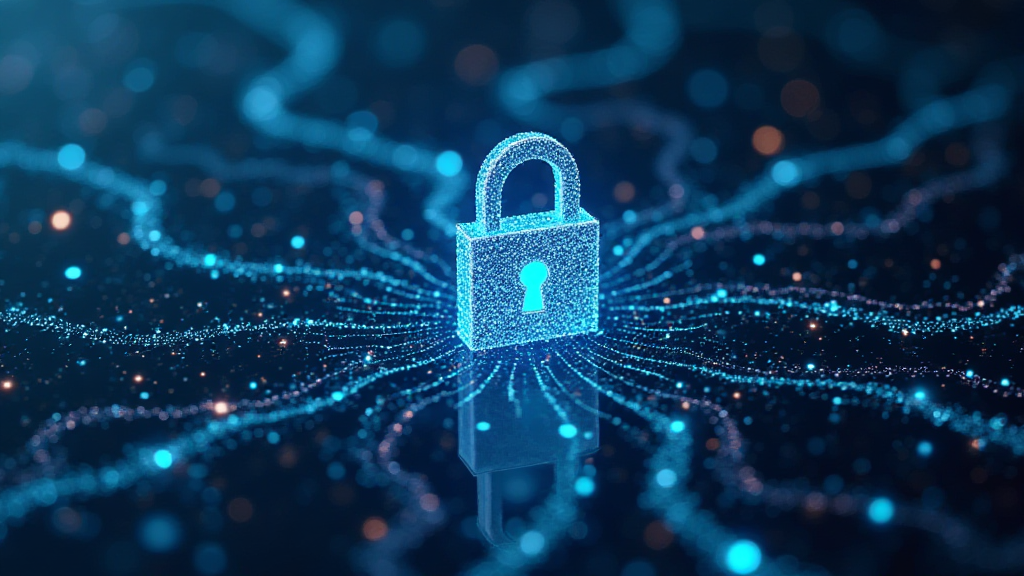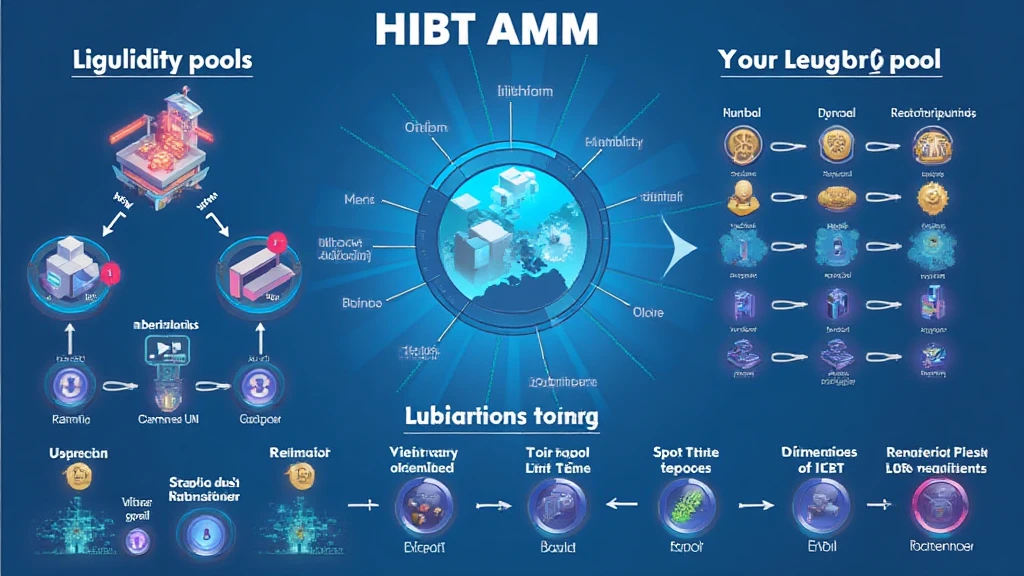The Growing Importance of Blockchain Security
With an estimated $4.1 billion lost to DeFi hacks in 2024 alone, the need for robust blockchain security standards has never been more critical. As the crypto market continues to evolve, understanding and implementing effective security measures is vital for anyone investing in digital assets.
As we look ahead to 2025, this article will delve into the evolving landscape of blockchain security, explore key vulnerabilities, and offer practical solutions tailored for both seasoned investors and newcomers to the cryptocurrency space.
Understanding Blockchain Technology
At its core, blockchain technology provides a decentralized ledger system, allowing digital assets to be transferred securely and transparently. As the digital currency market grows, ensuring the security of these transactions becomes paramount.

What Makes Blockchain Unique?
- Decentralization: Unlike traditional financial systems, blockchain operates across a network of computers, minimizing single points of failure.
- Transparency: Transactions are recorded on a public ledger, which can be verified by any user.
- Immutability: Once a transaction is confirmed, it cannot be altered, providing a high level of trust.
Consensus Mechanisms: The Heart of Blockchain Security
Consensus mechanisms play a crucial role in determining how blocks are added to the blockchain. Popular methods include Proof of Work, Proof of Stake, and Delegated Proof of Stake. Each has its own strengths and vulnerabilities that can impact security.
For example:
- Proof of Work (PoW): While highly secure, PoW is energy-intensive, which raises concerns about ecological sustainability.
- Proof of Stake (PoS): More energy-efficient, but can lead to centralization if a few large stakeholders control the majority of the network.
Common Vulnerabilities in Blockchain Technology
Understanding potential vulnerabilities is essential in protecting digital assets. Here are some common risks:
Smart Contract Vulnerabilities
Smart contracts are self-executing contracts with the terms written into code. However, they can contain bugs or vulnerabilities. Regular audits are necessary to detect and rectify security issues.
Consider these steps for auditing smart contracts:
- Conduct static code analysis.
- Utilize formal verification methods.
- Engage third-party services for comprehensive audits.
51% Attacks
A 51% attack occurs when a single entity controls over half of the network’s mining power. This enables them to manipulate transactions and double-spend coins.
Mitigating this risk involves:
- Adopting a robust consensus mechanism.
- Encouraging participation across a diverse network.
Phishing Attacks
Phishing remains one of the most effective techniques for stealing sensitive information. Users must educate themselves about verifying digital identities to avoid falling victim.
The Case for Enhanced Security Protocols
As the crypto landscape expands internationally, particularly in emerging markets like Vietnam, the growth rate of cryptocurrency users has surged significantly, with estimates suggesting a 300% increase in engagement over the last year.
Implementing enhanced security measures not only protects individual assets but strengthens the overall market integrity. Key practices include:
- Regularly updating software and platforms.
- Utilizing hardware wallets for long-term storage.
- Implementing multi-factor authentication (MFA).
Future Predictions: What 2025 Holds for Blockchain Security
Looking to the future, the following trends may define blockchain security in 2025:
- Increased Regulation: Many countries are expected to introduce stricter regulations that could raise overall security standards.
- Adoption of AI in Security Protocols: Artificial intelligence technologies will likely play a significant role in threat detection and prevention.
- Decentralized Identity Solutions: These will help users maintain privacy while ensuring security.
As blockchain technology becomes increasingly integrated into daily life, understanding these trends will be crucial for investors and professionals alike.
Conclusion: Navigating the Future of Blockchain Security
In conclusion, as the blockchain sector grows, so do the risks associated with it. By familiarizing ourselves with potential vulnerabilities and adopting the latest security practices, we can successfully navigate this complex landscape.
For those in the Vietnamese market, adapting to these changes is crucial for sustaining growth and ensuring user safety. Whether you’re an experienced investor or a newcomer, understanding the importance of blockchain security is fundamental.
For more insights and updates, you can visit mycryptodictionary.
Author: Dr. Alex Tran, a blockchain expert with over 15 published papers and leader in auditing projects for compliance and security in the cryptocurrency space.





